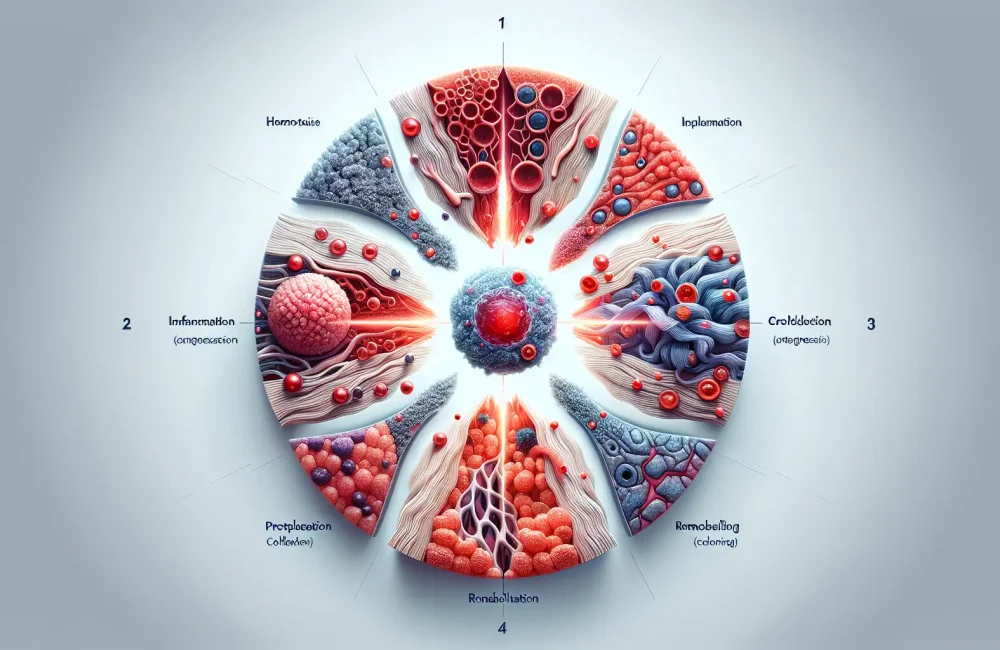By CAFMI AI From JAMA
Overview of Atopic Dermatitis and Its Management
Atopic dermatitis (AD) is a chronic inflammatory skin condition marked by recurrent eczematous lesions and severe itching that significantly impact patients’ quality of life. Although commonly diagnosed in children, AD can persist into adulthood or even first appear later in life. The primary clinical goals in managing AD are to control symptoms, prevent disease flares, and enhance patient well-being. AD’s multifactorial pathophysiology includes genetic predispositions, impaired skin barrier function, immune system dysregulation, and environmental triggers, which all necessitate a comprehensive treatment approach tailored to each patient. Initial management focuses heavily on skin hydration through regular application of emollients to repair the compromised skin barrier, as well as avoidance of recognized exacerbating factors such as irritants and allergens. These foundational non-pharmacologic strategies reduce flare frequency and severity, underscoring the importance of patient education regarding daily skincare routines and trigger identification.
Therapeutic Modalities: From Topicals to Systemics and Biologics
Topical therapies remain the cornerstone for treating mild to moderate atopic dermatitis. Emollients form the base of this regimen to maintain skin hydration and barrier integrity. Alongside these, topical corticosteroids are widely used for their potent anti-inflammatory effects, providing rapid symptom relief during flare-ups. Calcineurin inhibitors offer an alternative anti-inflammatory option particularly beneficial for sensitive areas like the face and eyelids, with a reduced risk of skin atrophy compared to steroids. For patients experiencing moderate to severe disease not adequately controlled by topical agents alone, systemic therapies become necessary. Traditional systemic immunosuppressants such as cyclosporine and methotrexate have demonstrated efficacy in reducing inflammation and pruritus but carry potential adverse effects that require careful monitoring. More recently, the advent of biologic therapies, notably dupilumab, has transformed the treatment landscape. Dupilumab targets specific immune pathways involved in AD pathogenesis, effectively decreasing disease severity and improving quality of life with a favorable safety profile. This biologic has demonstrated significant clinical improvements including skin clearing and reduction in thickening (lichenification) over a treatment course, as illustrated in the review’s accompanying clinical images. Emerging treatments such as Janus kinase (JAK) inhibitors, currently in clinical trials, show promise for offering additional targeted systemic options. Phototherapy remains a viable adjunct for select patients, providing anti-inflammatory effects through controlled ultraviolet light exposure.
Future Perspectives and Emerging Therapies in Atopic Dermatitis
Advancements in the understanding of atopic dermatitis pathophysiology continue to drive innovative therapeutic approaches. New biologics targeting various cytokines and immune pathways are under investigation, aiming to provide more personalized and effective disease control. Janus kinase (JAK) inhibitors represent a promising class of oral small molecules that interfere with intracellular signaling involved in inflammation and pruritus, potentially expanding the treatment armamentarium for patients with moderate to severe AD. Additionally, research into microbiome modulation and barrier repair agents is ongoing to address underlying disease mechanisms. Combination therapies integrating novel agents with established treatments may optimize efficacy and safety profiles. As research progresses, patient stratification based on biomarkers and clinical phenotypes is expected to refine treatment selection, leading to improved long-term outcomes and quality of life for individuals with atopic dermatitis.
Read The Original Publication Here






